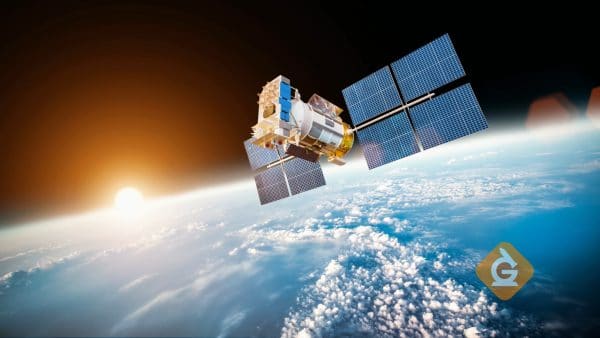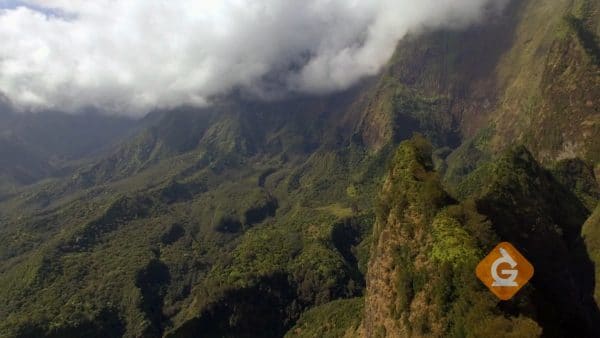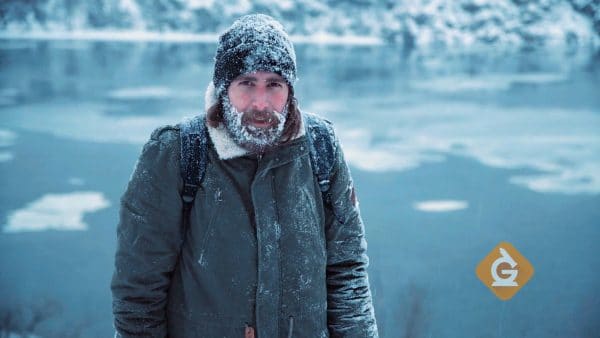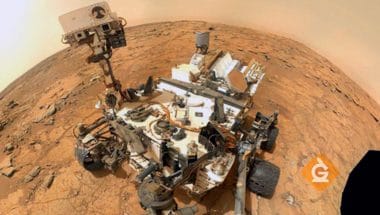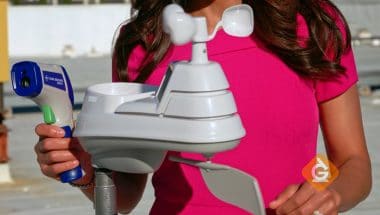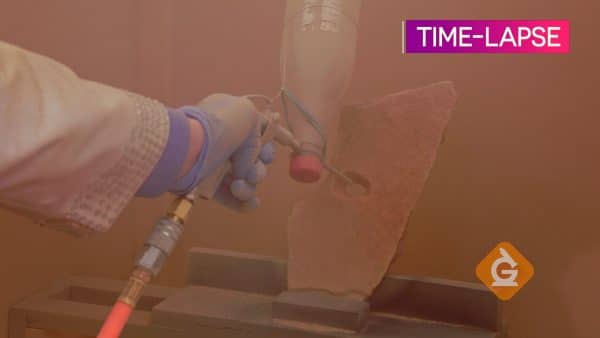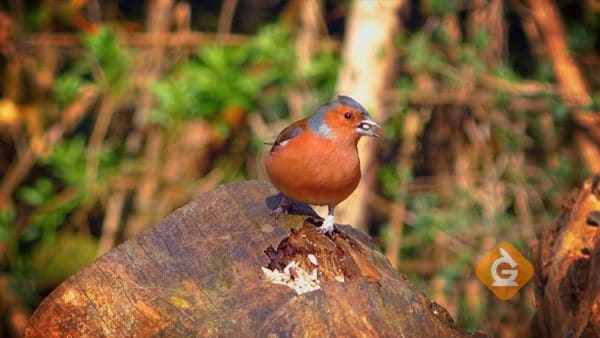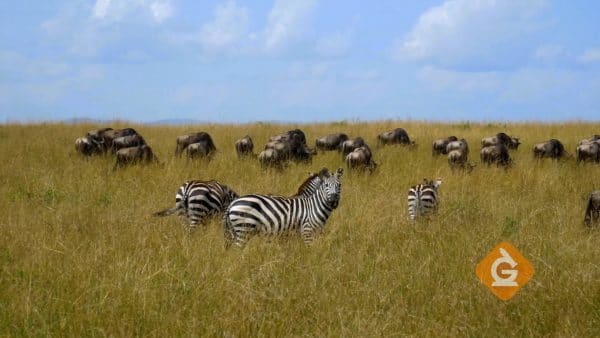NASA tested their Mars Rover in the Atacama Desert in Chili. This region has a climate and landscape similar to that on Mars.
Weather Facts for Kids: Weather is the day-to-day variation of the atmosphere’s condition locally.
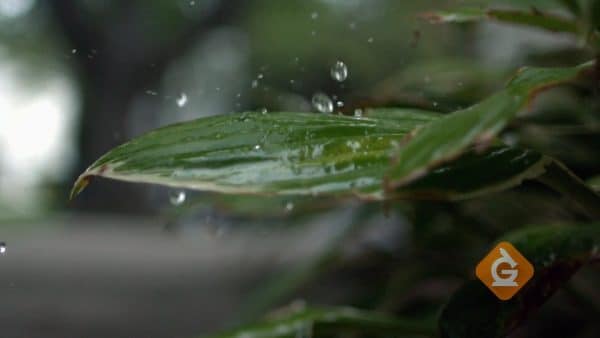
Weather can change quickly. TV weather reporters make daily predictions of weather conditions in your area. One day it can be sunny, the next day it is cloudy, and the next day it is rainy. The weather is constantly changing day-to-day. Just because it is summer, that doesn’t mean that every day will hot – the daily weather varies. To prepare for your day, most people check the weather report.

